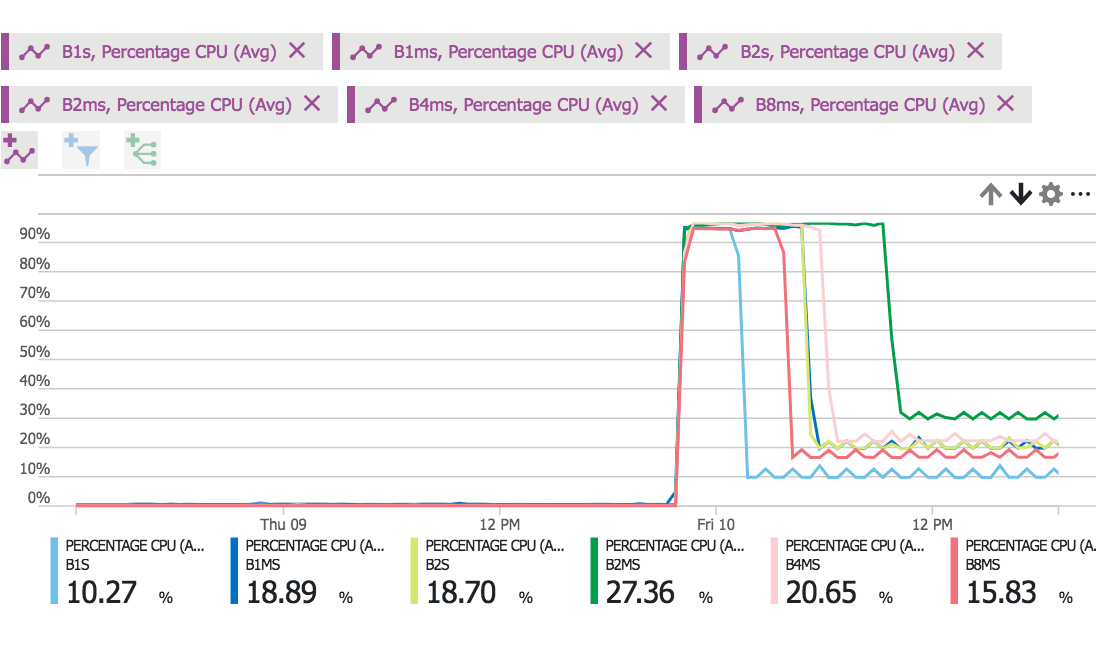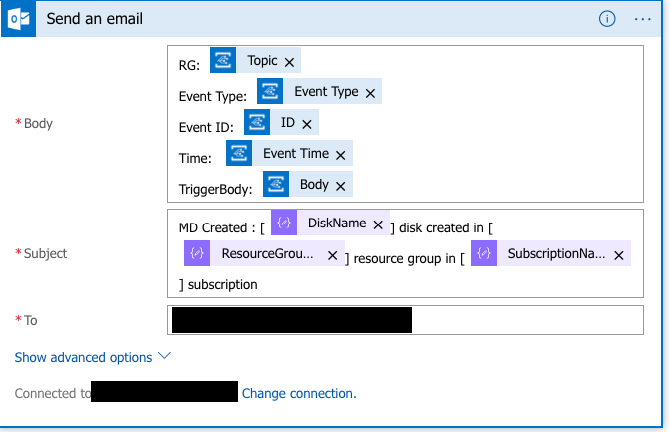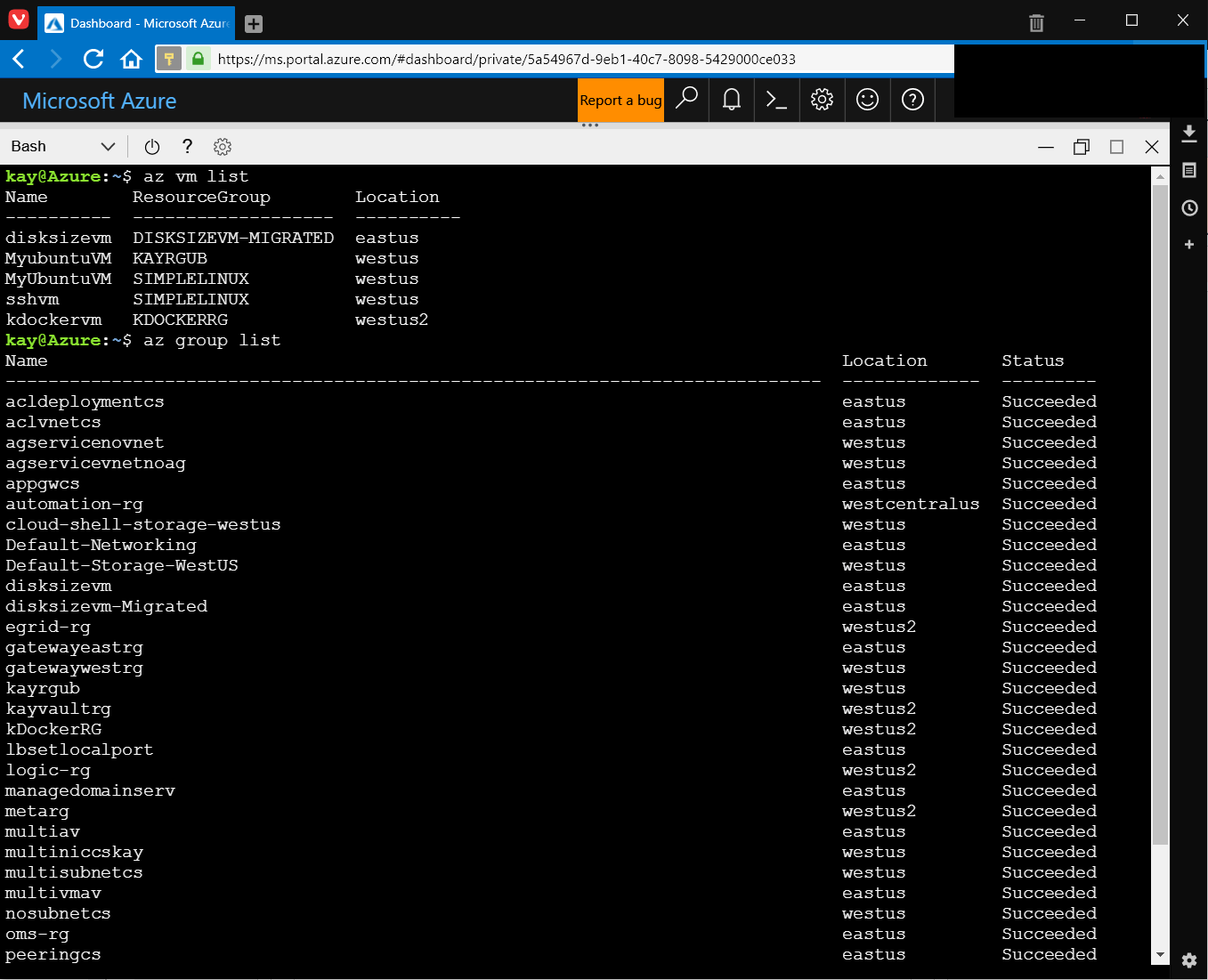
Understanding the Azure B Series and CPU credits
Azure recently introduced its first burstable VM size - the B-series. This VM type is meant to compete directly with AWS’ T2 instances. In the below few words (or more :smile: ) I try to explain what this means and why you should care. If you still have questions after reading, hit me up on Twitter or leave a comment below. So why do I need a burstable size anyway? If you have applications that remain idle for a long time and burst occasionally, then the B-series might be the perfect fit for you. To understand why, we first need to understand how the pricing for a VM works in the cloud. When you deploy a VM in the cloud, you’re paying the same regardless of the % of CPU used. Therefore, anytime your VM is not using 100% CPU, you are leaving computing cycles on the table that you are paying for. Typically, users will solve this problem by deploying a VM size with smaller number of cores and lesser RAM. However, sometimes the application demands more computing power. This is a classic vertical scalability problem. As the physics of semiconductors limits the number of cores, CPU clock speeds and RAM you can add to a single node, users have solved this problem by developing applications that can scale horizontally to more nodes. ...

